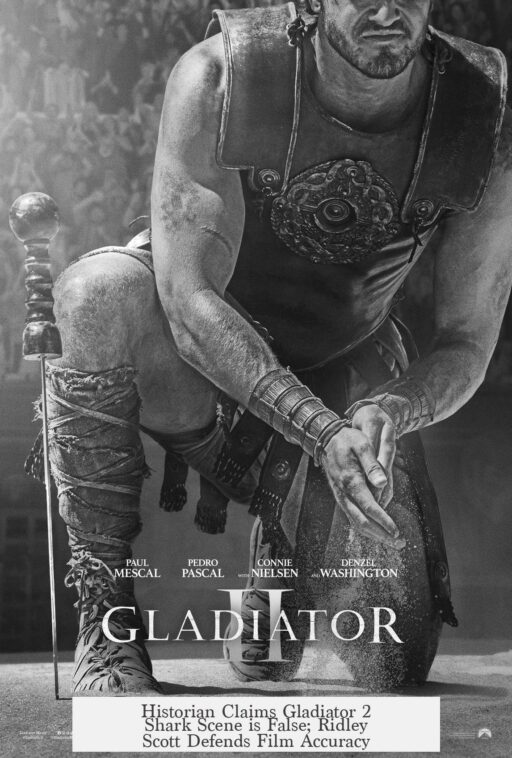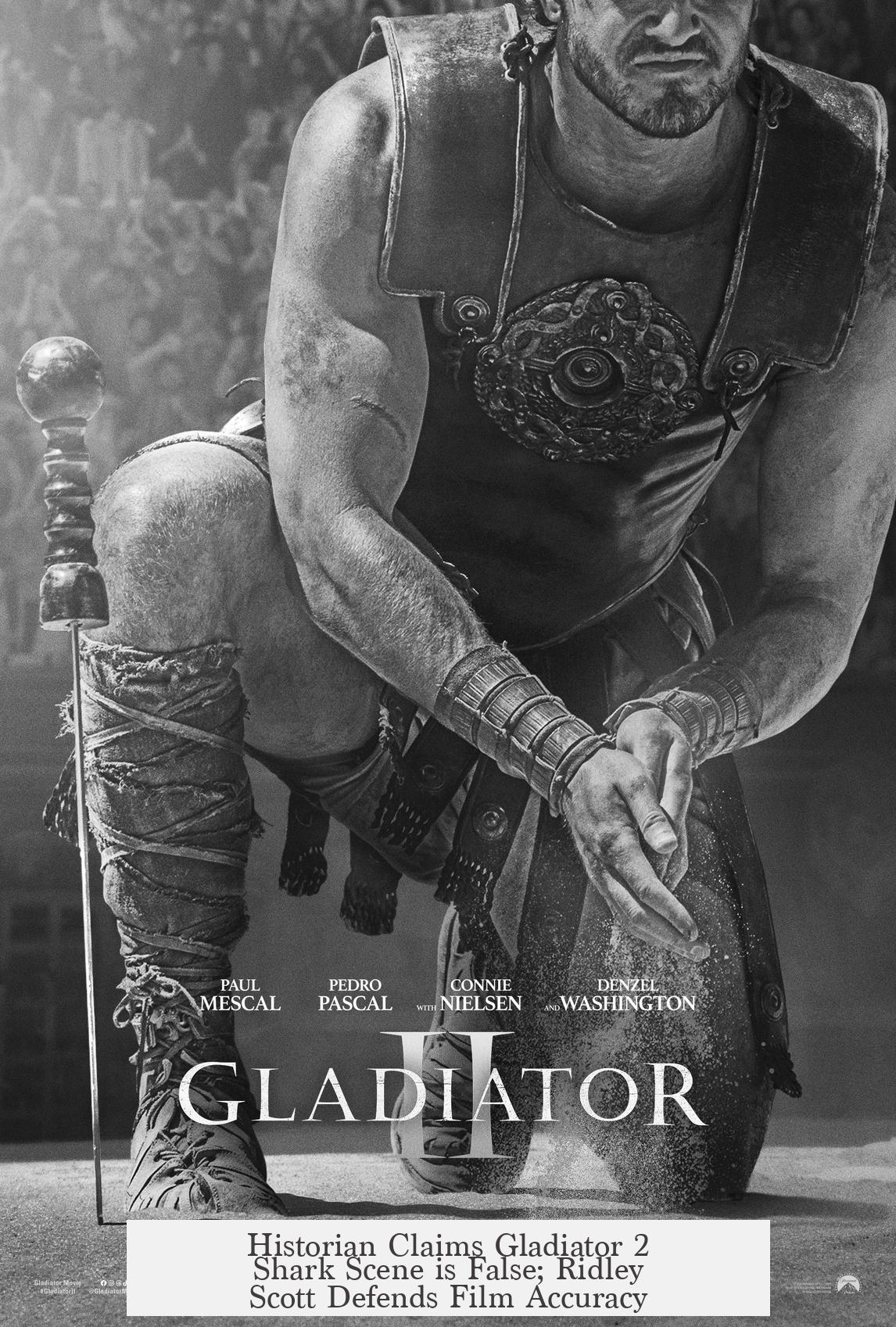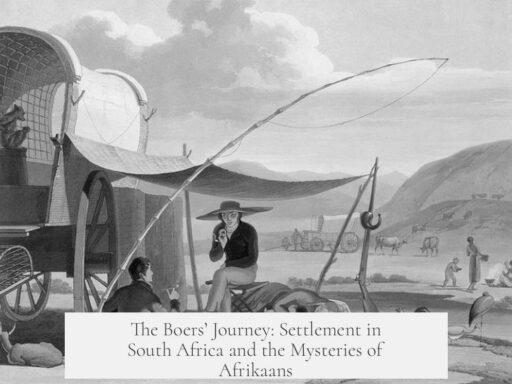A historian labels the shark scene in “Gladiator 2” as “Hollywood bullshit,” arguing that ancient Romans did not know sharks, but director Ridley Scott disputes this claim.
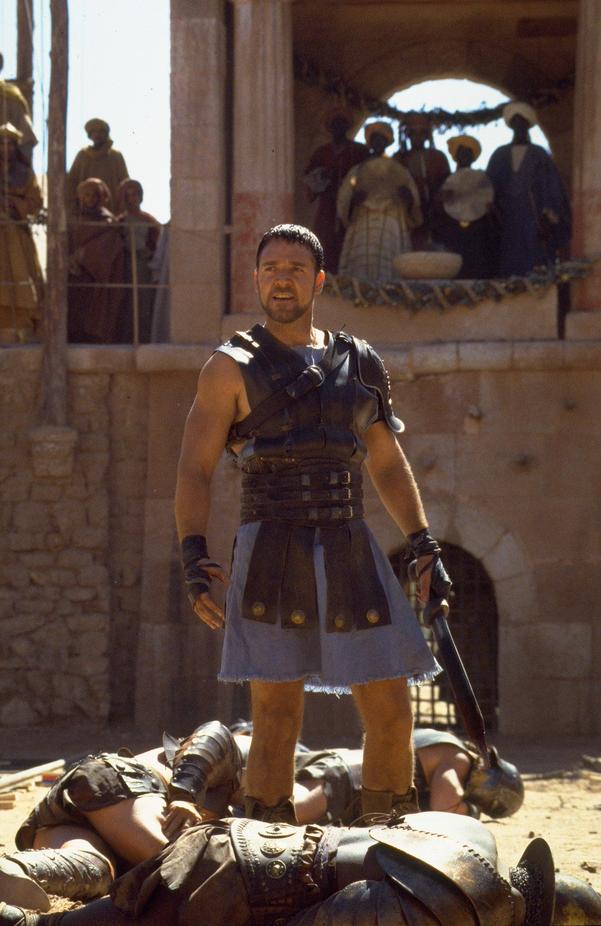
The claim that Romans were unaware of sharks contradicts historical and biological evidence. Sharks have inhabited the Mediterranean Sea since human existence. Romans lived in coastal areas, fished, and were familiar with marine life. Ancient texts, including those by Pliny the Elder, mention sharks and other marine creatures, suggesting awareness rather than ignorance.
Romans likely did not distinguish sharks from other large fish as modern taxonomy does. Linguistically, some later European cultures lacked a specific term for sharks until after transatlantic exploration. However, Roman art and literature depict marine animals that correspond to sharks, showing recognition of their existence.
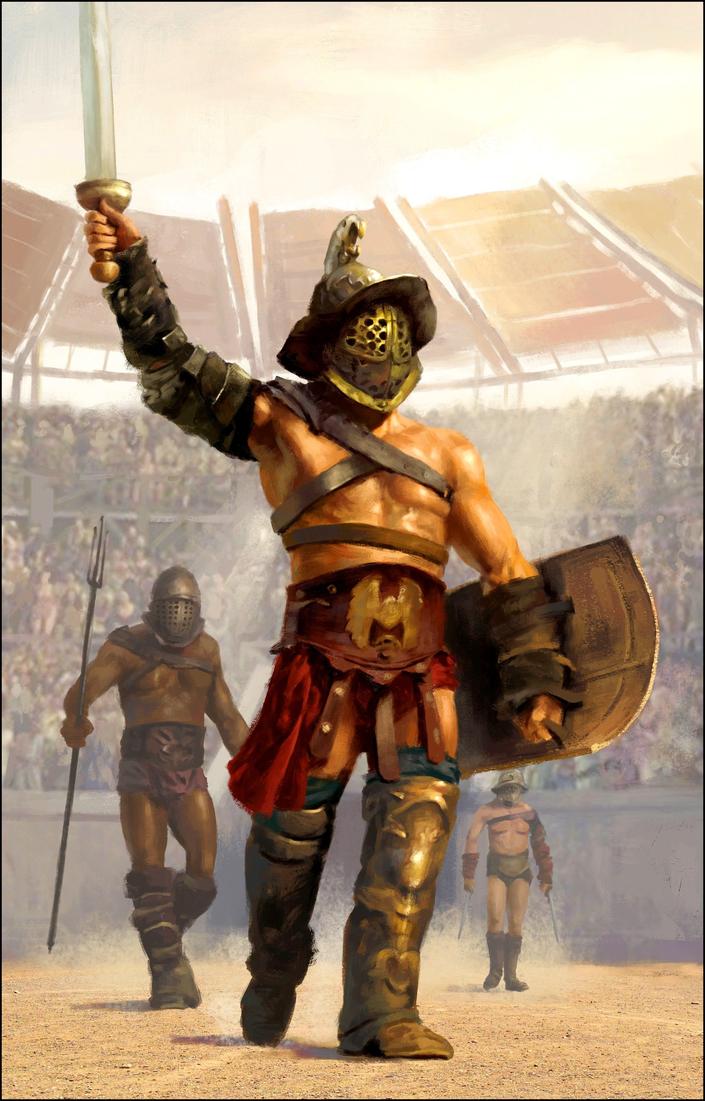
On the practicality of flooding the Colosseum for shark battles, historians and marine biologists highlight several challenges. The Colosseum is situated about 200 feet above sea level and far from the sea, making saltwater delivery nearly impossible for such large-scale aquatic events. Its underground vaults and tunnels would prevent water retention necessary for holding marine creatures like sharks.
- Romans staged naval battles—naumachiae—in locations like the Circus Maximus and Piazza Navona, which lacked the Colosseum’s subterranean complexity.
- Transporting multiple large sharks, especially species like great whites, 15 miles inland is logistically unrealistic in 210 AD.
- Sharks are sensitive animals requiring oxygenated saltwater and specialized care. Modern attempts to sustain great whites in captivity have failed, underscoring the implausibility of ancient transport and captivity.
Ridley Scott rejects the call for strict historical accuracy in “Gladiator 2.” His filmmaking emphasizes spectacle and entertainment. Scott has previously faced criticism for historical errors, as in “Napoleon,” yet he prioritizes dramatic impact over factual precision. His famous “Are you not entertained?” line from the first Gladiator film illustrates his focus on captivating audiences.
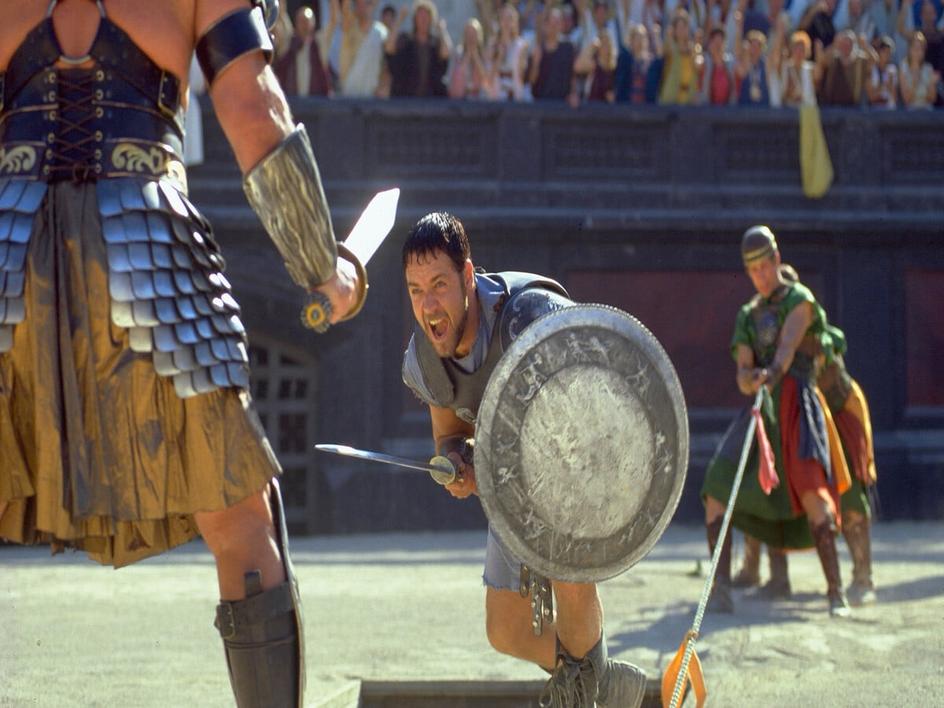
Scott’s approach entails taking creative liberties, blending history and fiction. He and many fans understand that “Gladiator 2” is not a documentary. The shark scene fits this mindset, aiming to thrill rather than educate.
The public response to the shark scene divides into two camps. Some viewers and historians express disappointment that the film ignores many documented, spectacular Roman events in favor of sensational but inaccurate scenes. They argue films could teach history while keeping audiences engaged.
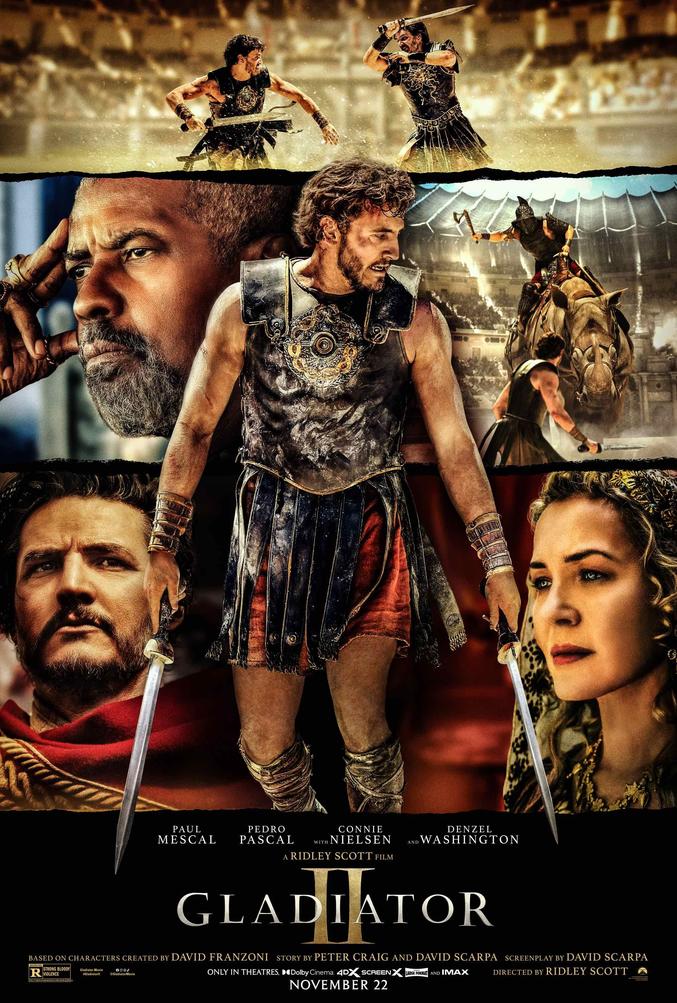
Others embrace the scene’s imaginative flair, valuing entertainment over accuracy. For them, a shark fight in the Colosseum enhances spectacle regardless of historical truth, echoing support for other fictionalized films like “300.”
| Aspect | Historians’ View | Ridley Scott’s View | Public Reaction |
|---|---|---|---|
| Romans’ knowledge of sharks | They knew sharks existed but did not isolate the species clearly. | Not a primary concern; focuses more on visual impact. | Mixed: Some accept, some reject. |
| Flooding the Colosseum | Highly impractical and unprecedented historically. | Uses fictional license to magnify spectacle. | Divided: Criticism for inaccuracy vs. enjoyment of fantasy. |
| Historical accuracy | Essential for educational value in film. | Secondary to storytelling and drama. | Polarized: Enthusiasts vs. realism proponents. |
In summary, the historian’s criticism that Romans did not know sharks and the shark scene is “Hollywood bullshit” holds weight when considering factual logistics and biology. Romans indeed knew marine life, including sharks, but practical considerations render shark fights inside the Colosseum unlikely. Ridley Scott emphasizes drama and spectacle over historical preservation. This clash spotlights the ongoing tension between historical accuracy and creative liberty in filmmaking.

- Romans were familiar with sharks in the Mediterranean but did not often distinguish them as distinct species.
- Flooding the Colosseum and housing sharks are logistically and biologically implausible.
- Ridley Scott prioritizes spectacle, accepting historical inaccuracies for entertainment.
- The audience is split between appreciating fantasy and desiring historical fidelity.
- The debate illustrates the balance films strike between education and spectacle.
Historian Criticizes ‘Gladiator 2’ Shark Scene as “Hollywood Bullshit,” Claims Romans Didn’t Know Sharks—Ridley Scott Disagrees
Did Romans know sharks? Absolutely yes. Did they flood the Colosseum to stage a gladiator versus shark battle? That’s where history waves a big red flag—and enters Ridley Scott with his signature blockbuster flair, making historians grind their teeth. So, what’s the real story behind this slippery shark scene in Gladiator 2? Let’s dive deep.
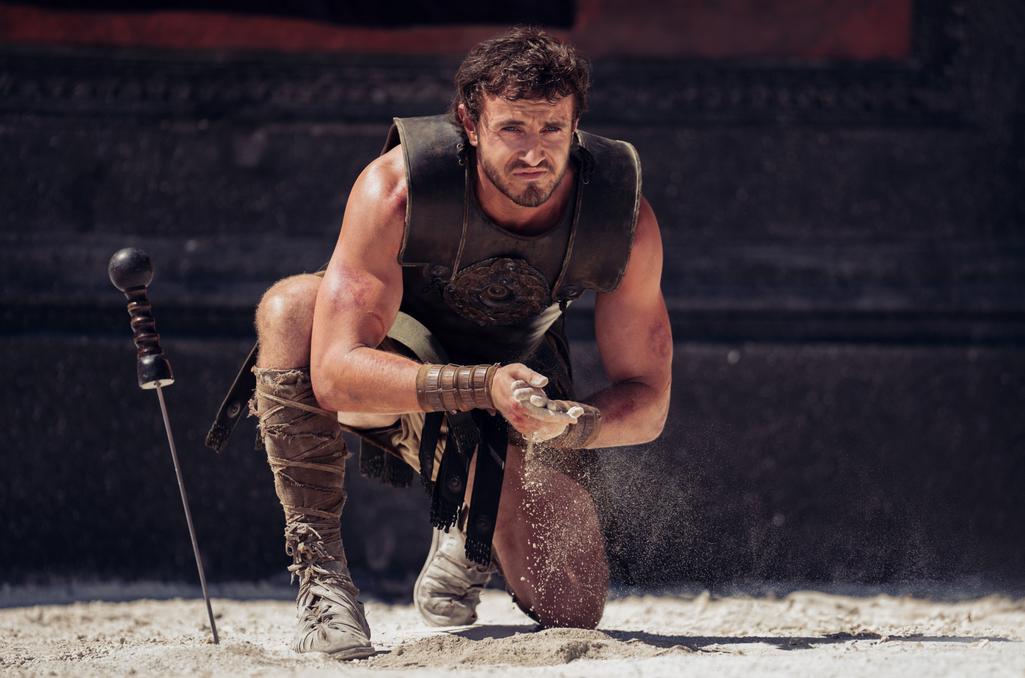
Roman Sharks: Myth, Fact, and Fishy Business
Some historians slammed the new Gladiator flick for its underwater showdown, calling the shark scene “Hollywood bullshit.” The argument? Apparently, Romans “didn’t know sharks.” But is that claim floating or sinking?
Romans were no strangers to the Mediterranean sea, their coastal settlements practically kissing the waves. They were skilled sailors, fishermen, and, yes, sea animal observers. Ancient texts by Pliny the Elder—a Roman natural historian—clearly mention sharks in the Mediterranean waters. If you imagine a Roman scratching their head saying, “Sharks? What are those?,” well, that’s inaccurate.
Sure, the Romans didn’t have the exact scientific breakdown of shark species like marine biologists today. They lumped sharks into the broader category of fish, as any sensible Roman would, likely shrugging, “Fish that bite hard.”
Other ancient works, like Oppian’s Halieutica, also reference predatory sea creatures akin to sharks. So, from a linguistic and artistic standpoint, the Romans were familiar with sharks, even if they didn’t draw colorful shark portraits or keep elaborate shark taxonomy logs. They knew the creatures existed, but calling sharks a novel concept to the Romans doesn’t hold water.
Flooding the Colosseum: Engineering Marvel or Hollywood Fantasy?
Now, even if Romans knew sharks, did they bring them to the Colosseum for a splashy fight? Here’s where things get murky and frankly, quite outrageous.
The Colosseum, situated roughly 200 feet above sea level and miles inland, is no aquarium. The idea that the ancient Romans could flood it with saltwater and trap sharks inside strains credulity. Their ingenious plumbing did bring waters for mock naval battles—but only in venues like the Circus Maximus or Piazza Navona, which had different designs and lacked fragile underground tunnels.
The Colosseum’s subterranean tunnels make holding saltwater impossible without major leakage. Transferring thousands of gallons of oxygenated saltwater, meanwhile, poses a Titanic logistical headache even today.
And transporting sharks—especially fearsome species like great whites—overland for 15 miles? Think ancient Rome’s version of a shark Uber: no Uber app, no refrigerated tanks, no oxygen pumps, and definitely no Uber Eats delivery guy willing to wrestle sharks for a tip.
Modern marine biology reveals great whites are practically divas in captivity—stress easily, refuse to breed, and fight survival in tanks, as SeaWorld’s failed 1980s attempts proved. Romans pulling this off would require plumbing and biology wizardry more fitting for a sci-fi story than anything historically plausible.
Ridley Scott: Director of “Historialy Accurate Enough” Spectacle
If you’re scratching your head about why this shark scene made it to film, here’s the crux: Ridley Scott doesn’t do documentaries; he crafts cinematic spectacles.
Remember Scott’s past work? His film Napoleon featured cannons blowing up pyramids—fact-checkers wept. His 1492: Conquest of Paradise portrayed Christopher Columbus as almost a flawless hero, bending historical nuance for storytelling.
Scott once said, “Nobody’s going to see this movie expecting historical accuracy every moment of the film,” emphasizing entertainment over pedantic detail.
His track record? The first Gladiator ended with Rome reverting to a republic centuries too early. He’s notorious for historical liberties if it makes a better story.
Scott prioritizes action, drama, and jaw-dropping visuals over textbook accuracy. The shark scene? Pure Hollywood juice designed to thrill audiences, not educate historians.
Public Reactions: Sharks and Splashes of Contention
The public’s response to the shark fight in the Colosseum is mixed like a gladiator’s lunch menu.
- Some purists groan. “Couldn’t they pick from the genuine, amazing, and tragic Roman historical events? Flooding the Colosseum with sharks? That’s lazy storytelling,” one viewer lamented.
- Others embrace the chaos. “A shark versus gladiator fight? Bring on the popcorn. It’s a movie, not a history lecture,” quipped another.
- Fans of over-the-top films, like 300, cheer for the spectacle, happy to suspend disbelief for sheer fun.
The debate boils down to this: Should movies about history focus strictly on accuracy or prioritize entertainment? Ridley Scott lands firmly on the latter side.
Ancient Sources and Marine Evidence: The Smoking Trident
When pressed for proof about Romans knowing sharks, experts point to ancient writings like Pliny’s encyclopedia and Oppian’s epic poem Halieutica. These works describe Mediterranean marine life, including large predatory fish resembling sharks.
Modern marine biology confirms over 16 shark species inhabit the Mediterranean Sea today, ranging from harmless reef sharks to the occasional larger, dangerous kind.
Given that the Roman Empire dominated the Mediterranean coastline for centuries, it’s logical and documented that they observed and were aware of sharks’ existence.
Pliny’s Natural History remains a fundamental source on this topic, directly contradicting claims that Romans “did not know sharks.”
What Can Film-Lovers and History Buffs Learn Here?
This clash over Gladiator 2‘s shark scene reveals a broader tension—between cinematic spectacle and factual history.
History comes with a treasure trove of dramatic, tragic, and awe-inspiring stories. Think of Claudius’ oddities, Nero’s wild antics, and effective but brutal gladiator games without the need to add sharks. So why pick such an improbable spectacle?
Because filmmakers sometimes wager that crazy beats accuracy in grabbing eyeballs.
But the lesson quivers like a fish out of water: understand your sources and context, but embrace entertainment with open eyes. If the shark battle sparks curiosity about ancient Rome and its culture, even better. If it triggers debates, then history still bites in the best way.
Practical Tips for Enjoying Historical Movies Without Losing Your Mind
- Separate fact from fiction: Appreciate the story as a story, not a history textbook.
- Research afterward: If a scene intrigues or confounds you, dig into credible sources like Pliny or Oppian for real insights.
- Celebrate spectacle, but respect history: Movies like Gladiator inspire interest in the past—even if they toss in a shark for drama.
- Don’t forget logistics: Consider whether transporting great whites in 210 AD sounds practical to you. If not, that’s okay.
- Engage critics and supporters: History’s debates make our understanding richer, whether you side with the historian or Ridley Scott.
Final Splash: Is the Shark Scene ‘Bullshit’ or Brilliant?
It depends on your goggles. For historians who cherish precise accuracy, it’s splashy nonsense. For fans who prioritize action and dramatic spectacle, it’s bloody awesome cinema.
Romans knew sharks as part of their marine world—but flooding the Colosseum with saltwater to stage shark fights? Unless the aqueducts got a major upgrade or Poseidon decided to lend a fin, that’s old-school Hollywood letting creative liberty swim free.
Ridley Scott isn’t shooting documentaries; he’s crafting myths. And sometimes, those myths involve sharks.
Now, grab your popcorn, suspend your disbelief, and ask yourself: Would you rather watch Romans battle sharks or fight historical tedium? Personally, I’m rooting for the sharks. They make a far better movie monster.
Q1: Did ancient Romans know about sharks and marine life?
Romans lived near the sea and knew about sharks as fish. They encountered sharks in Mediterranean waters but did not clearly distinguish sharks from other large fish. Depictions of sharks appear in ancient art, showing some awareness.
Q2: Could the Colosseum have been flooded with seawater for shark fights?
Flooding the Colosseum is highly unlikely. It sits 200 feet above sea level, far from the ocean. The underground tunnels would cause water leakage. Romans staged naval battles elsewhere, not in the Colosseum.
Q3: Was transporting live sharks to the Colosseum feasible in Roman times?
Transporting sharks, especially great whites, overland about 15 miles, would be nearly impossible. Sharks get stressed and need oxygenated saltwater to survive. Even modern facilities struggle to keep great whites alive.
Q4: Why does Ridley Scott defend including sharks in ‘Gladiator 2’ despite historical doubts?
Ridley Scott prioritizes spectacle over strict accuracy. His films often include dramatic liberties for entertainment. He views them as stories, not documentaries, aiming to captivate audiences.
Q5: How have historians reacted to the shark scene in ‘Gladiator 2’?
Historians criticize the scene as unrealistic and misleading, calling it “Hollywood bullshit.” They argue that Romans wouldn’t stage shark fights or flood the Colosseum, highlighting logistical and biological issues.
Q6: Does the shark scene affect the overall appeal of ‘Gladiator 2’?
Opinions divide. Some enjoy the spectacle and action. Others feel it sacrifices credibility. Many viewers accept it as fictional entertainment rather than history.
